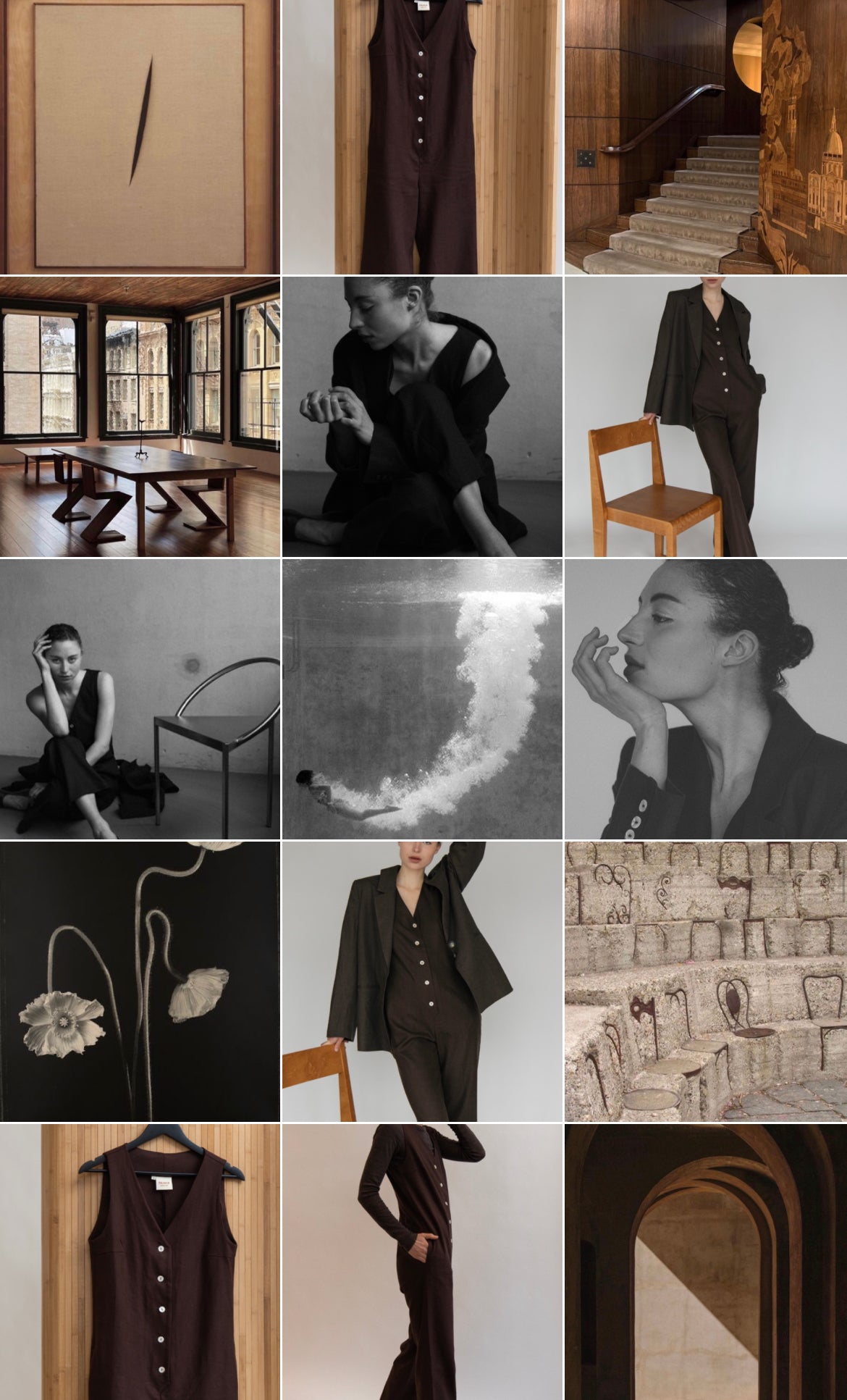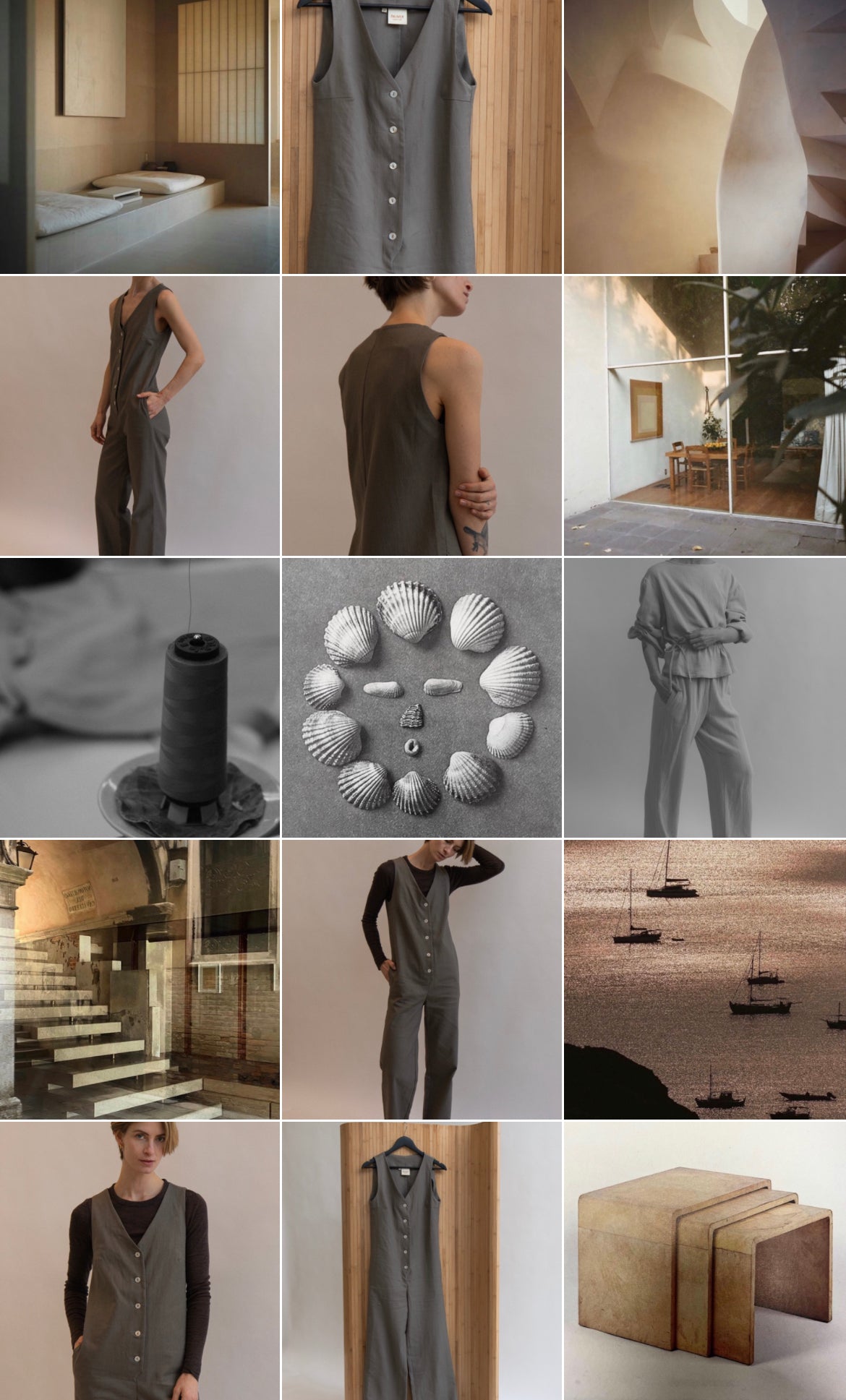
VOLUME 3.23
Lucio Fontana
From 1949, Lucio Fontana started his Spatial Concept or slash series, a collection of works comprised of holes and slashes on the surface of monochrome paintings. He titled these works Concetto spaziale and he used this name for almost all of his later works.
Lucio Fontana often lined the back of his canvases with black gauze in order to make the darkness shimmer behind the cuts in his works and thus create the illusion of depth. Fontana’s works have been exhibited numerous times internationally, and his first solo exhibition was at Galleria del Milione in Milan, back in 1931. His works have inspired and influenced a great number of artists around the world. - words by Widewalls
Donald Judd
Donald Judd Foundation on Spring Street, Soho, New York. Photographed by Colin King.
In 1968, Judd purchased 101 Spring Street, a five story cast-iron building located at the corner of Spring Street and Mercer Street in New York City. Designed by Nicholas Whyte and constructed in 1870, it was the first building Judd owned and served as his New York residence and studio.
101 Spring Street is considered to be where Judd first developed the concept of permanent installation. Centered on the belief that the placement of a work of art was as critical to its understanding as the work itself, Judd’s first applications of this idea were realized in his installation of works throughout 101 Spring Street and later in Marfa, Texas. Judd’s installations of artworks, furniture, and decorative objects strike a balance between respect for the historic nature of the landmark cast-iron building and his approach to architecture and design.
101 Spring Street is a contributing building to the SoHo-Cast Iron Historic District on the National Register of Historic Places. - Judd Foundation

Tom Baril
Three Poppies, 1997. Tom Baril relies in large part on analog methods such as collodion processing, a technique he mastered while working for Robert Mapplethorpe in the 1980s.

Seely and Paget
The firm Seely and Paget played an important role in British architecture from the 1920s to the 1960s. Eltham Palace is a large house at Eltham in southeast London, England, within the Royal Borough of Greenwich. The house consists of the medieval great hall of a former royal residence, to which an Art Deco extension was added in the 1930s.
Arman
Armand Pierre Fernandez, Parco Sempione, Milan 1973 by @sergio_guijarro.
Inspired by the Dada movement, Arman (born Armand Pierre Fernandez) created unconventional sculptures made from accumulated trash. In the mid–20th century, he began exhibiting random assortments of garbage displayed in glass boxes, which he dubbed “Poubelles” (“trash cans”). He also introduced his “Accumulations”—assemblages of multiple iterations of the same object, which ranged from toy cars and paint tubes to retainers and faucets. Arman often adopted destruction as a strategy for creation: He sliced, burned, and smashed objects such as bronze statues and musical instruments, then mounted fragments on canvas, encased them in plexiglass, or presented them alone. In the 1960s, he was associated with Nouveau Réalisme—a European movement founded in response to American Pop art—along with close friend and fellow artist Yves Klein. Arman exhibited extensively throughout his lifetime and received numerous awards. His work has sold for six figures at auction and belongs in the collections of the Museum of Modern Art, the Hirshhorn Museum and Sculpture Garden, the Tate, the Stedelijk Museum, and the Tel Aviv Museum of Art, among other institutions. - words by Artsy.
Lately we're inspired by arches photographed by @yosigo_yosigo in Barcelona.







